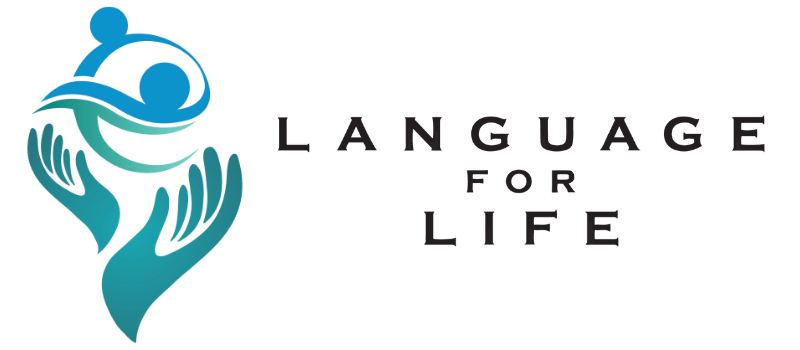Speech intelligibility essentially refers to the extent to which a person’s speech can be understood, either in adults or children. It is important in the process of communication. For individuals whose speech is not understandable, clarity improvement will have a great impact on social interactions, confidence, and overall quality of life altogether. This blog goes further to provide practical techniques and exercises aimed at boosting speech intelligibility.
Understanding Speech Intelligibility
Speech intelligibility defines how others can understand a person’s words clearly and accurately. This is influenced by several key factors. Articulation, which involves the precise movement of the speech organs, is crucial for forming clear sounds. Phonological awareness, or the ability to recognize and manipulate sounds within words, also plays a significant role. Additionally, voice quality—encompassing tone, pitch, and volume—affects how easily speech is understood. When any of these factors fail, speech becomes unclear resulting in poor communication. However, using specific exercises and practicing regularly makes it possible to improve clarity of speech so one can be heard better overall.
Techniques to Improve Speech Intelligibility
1. Articulation Exercises
Articulation is the ability to produce clear speech sounds. Improving articulation is often the first step toward enhancing speech intelligibility. Here are some effective exercises:
Mirror Practice: Practicing speech in front of a mirror allows individuals to see and correct their mouth movements. Such visual feedback is essential for learning how to move the mouth correctly to make clear sounds.
Tongue Twisters: Tongue twisters are a fun way to practice articulation. It starts from uncomplicated phrases to more complicated ones. For instance, “She sells seashells by the seashore” pays a lot of attention to sounds such as ‘s’.
Phoneme Repetition: Focusing on sounds or phonemes, especially the tricky ones will help strengthen speech muscles. An example of this would involve repetitive use of “p-p-p” and “t-t-t.” This type of repetition will help enhance the clarity of speech.
2. Breathing and Voice Control
Controlled breathing and voice modulation are critical for clear speech. Individuals with speech difficulties often struggle with voice volume, pitch, and consistency. Here’s how to improve these areas:
Diaphragmatic Breathing: Practice breathing from the diaphragm rather than from the chest, as this provides better breath support when speaking. Engage in deep breathing sessions, where you inhale deeply through your nose and exhale slowly through your mouth.
Volume Control Exercises: Loudness of the voice can be measured with a decibel meter or an application available on a smartphone. It will, in turn, help an individual get accustomed to the practice of determining the level of volume that suits them best, as in not too loud or too quiet.
Pitch and Intonation Practice: By varying your pitch and intonation when speaking prevents monotony. This will allow an audience to find it more interesting and clearer to understand. Practice this technique by reading aloud with emphasis on important words within sentences.
3. Phonological Awareness Activities
Phonological awareness is the ability to recognize and manipulate sounds in words, which is essential for clear speech. Enhancing this skill can be achieved through activities like:
Sound Matching Games: Matching objects or pictures with the same initial sound, such as “cat” and “car,” helps in recognizing and differentiating sounds.
Syllable Clapping: For example, clapping the beats while saying out loud “ba-na-na” helps people develop an understanding of word formation patterns as well as their speech rhythm skills.
Rhyming Activities: Identifying or creating rhyming words enhances the ability to hear and produce similar sounds, a crucial skill for clear speech.
Speech Therapy Activities
Incorporating a variety of activities into speech therapy makes sessions more engaging and effective. These activities can be adapted for both children and adults:
Flashcards: Flashcards with images or words are excellent tools for practicing specific sounds or phrases. They can be particularly effective for younger individuals or beginners.
Apps and Online Tools: There are numerous apps designed to support speech therapy, offering interactive exercises and real-time feedback. These tools can complement traditional therapy methods and provide additional practice opportunities.
Storytelling: Encouraging individuals to tell stories or describe events in detail helps improve sentence formation, articulation, and fluency. This activity is beneficial across all age groups and can be tailored to specific interests to maintain engagement.
Conclusion
Enhancing speech intelligibility can be attained although it is a slow process. Articulation, respiratory and phonological awareness exercises applied consistently are the tools towards high clarity of speech among people. For speech therapists, such measures are necessary in their therapy sessions to make sure that the sessions are specific and useful to individuals. In other words, these strategies give direction to advanced speech intelligibility and communication whether you want your child to articulate their first words or help an adult bring back communication skills.

